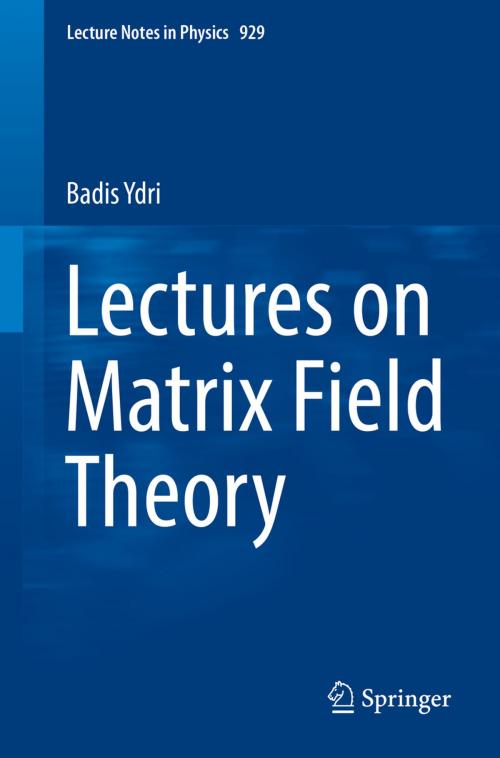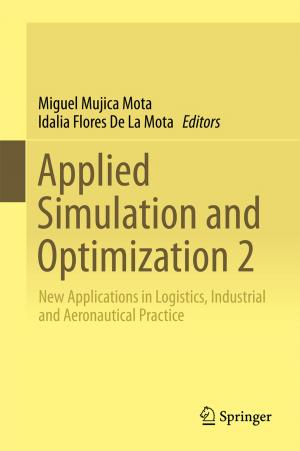Lectures on Matrix Field Theory
Nonfiction, Science & Nature, Science, Physics, Mathematical Physics, Quantum Theory| Author: | Badis Ydri | ISBN: | 9783319460031 |
| Publisher: | Springer International Publishing | Publication: | November 22, 2016 |
| Imprint: | Springer | Language: | English |
| Author: | Badis Ydri |
| ISBN: | 9783319460031 |
| Publisher: | Springer International Publishing |
| Publication: | November 22, 2016 |
| Imprint: | Springer |
| Language: | English |
These lecture notes provide a systematic introduction to matrix models of quantum field theories with non-commutative and fuzzy geometries.
The book initially focuses on the matrix formulation of non-commutative and fuzzy spaces, followed by a description of the non-perturbative treatment of the corresponding field theories. As an example, the phase structure of non-commutative phi-four theory is treated in great detail, with a separate chapter on the multitrace approach. The last chapter offers a general introduction to non-commutative gauge theories, while two appendices round out the text.
Primarily written as a self-study guide for postgraduate students – with the aim of pedagogically introducing them to key analytical and numerical tools, as well as useful physical models in applications – these lecture notes will also benefit experienced researchers by providing a reference guide to the fundamentals of non-commutative field theory with an emphasis on matrix models and fuzzy geometries.
These lecture notes provide a systematic introduction to matrix models of quantum field theories with non-commutative and fuzzy geometries.
The book initially focuses on the matrix formulation of non-commutative and fuzzy spaces, followed by a description of the non-perturbative treatment of the corresponding field theories. As an example, the phase structure of non-commutative phi-four theory is treated in great detail, with a separate chapter on the multitrace approach. The last chapter offers a general introduction to non-commutative gauge theories, while two appendices round out the text.
Primarily written as a self-study guide for postgraduate students – with the aim of pedagogically introducing them to key analytical and numerical tools, as well as useful physical models in applications – these lecture notes will also benefit experienced researchers by providing a reference guide to the fundamentals of non-commutative field theory with an emphasis on matrix models and fuzzy geometries.















